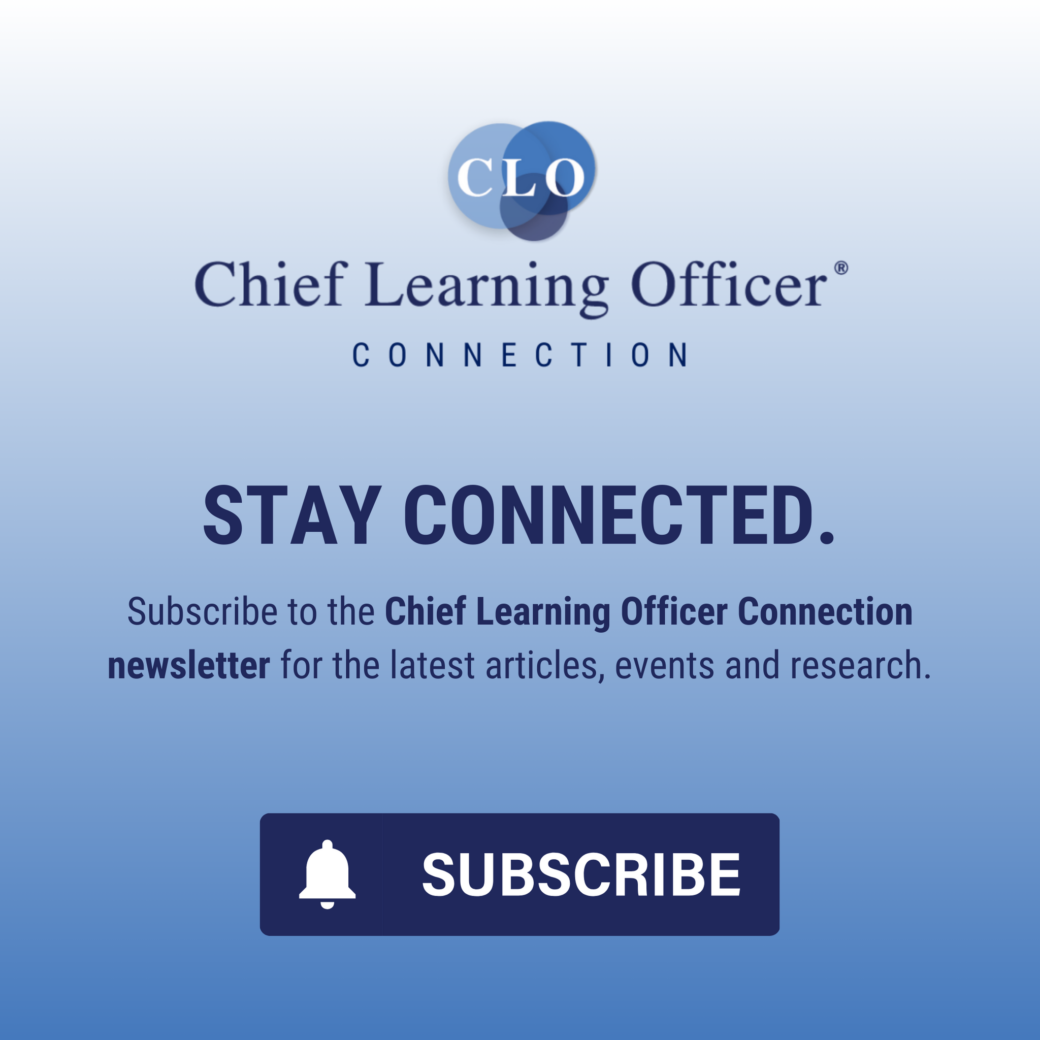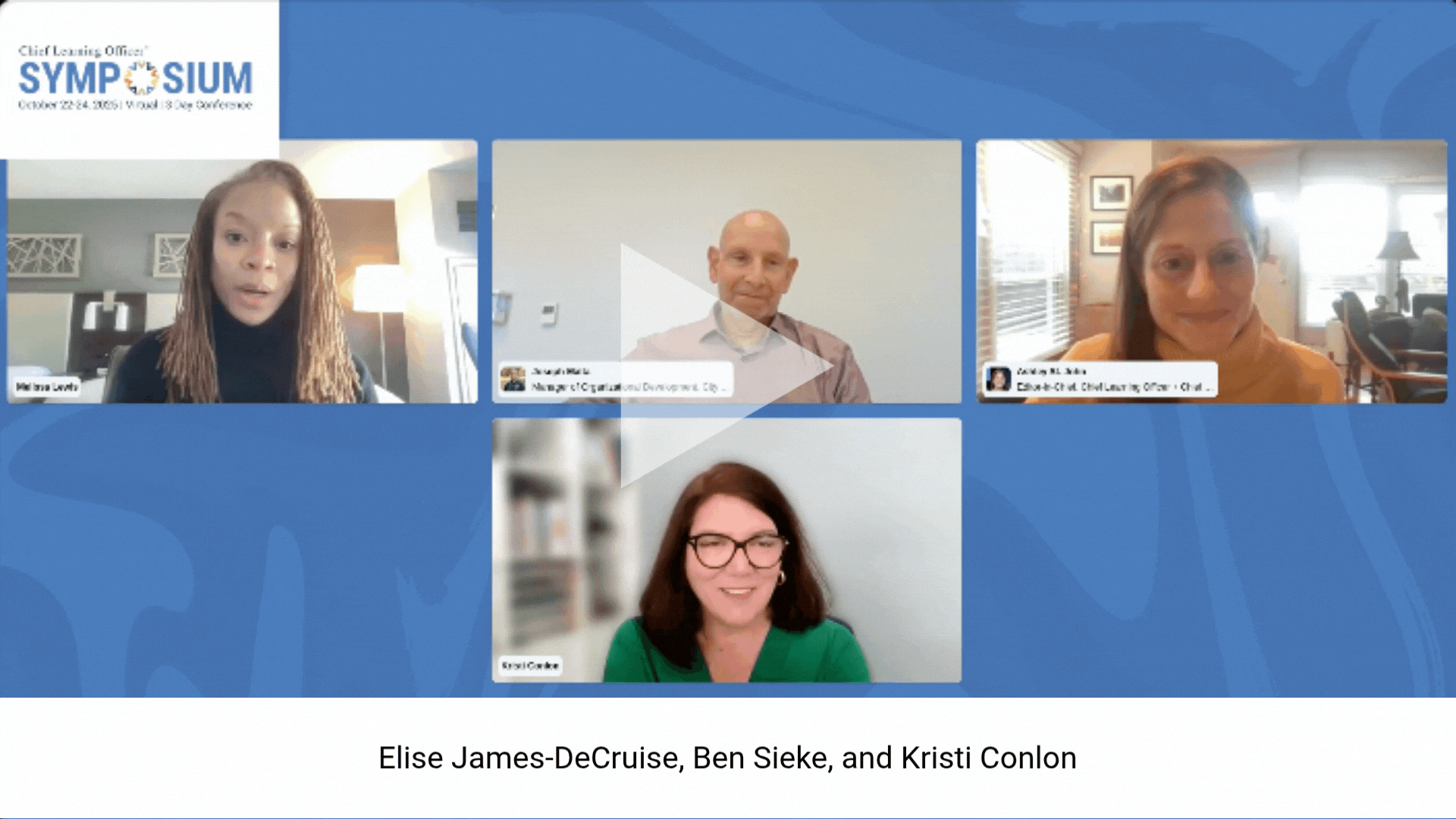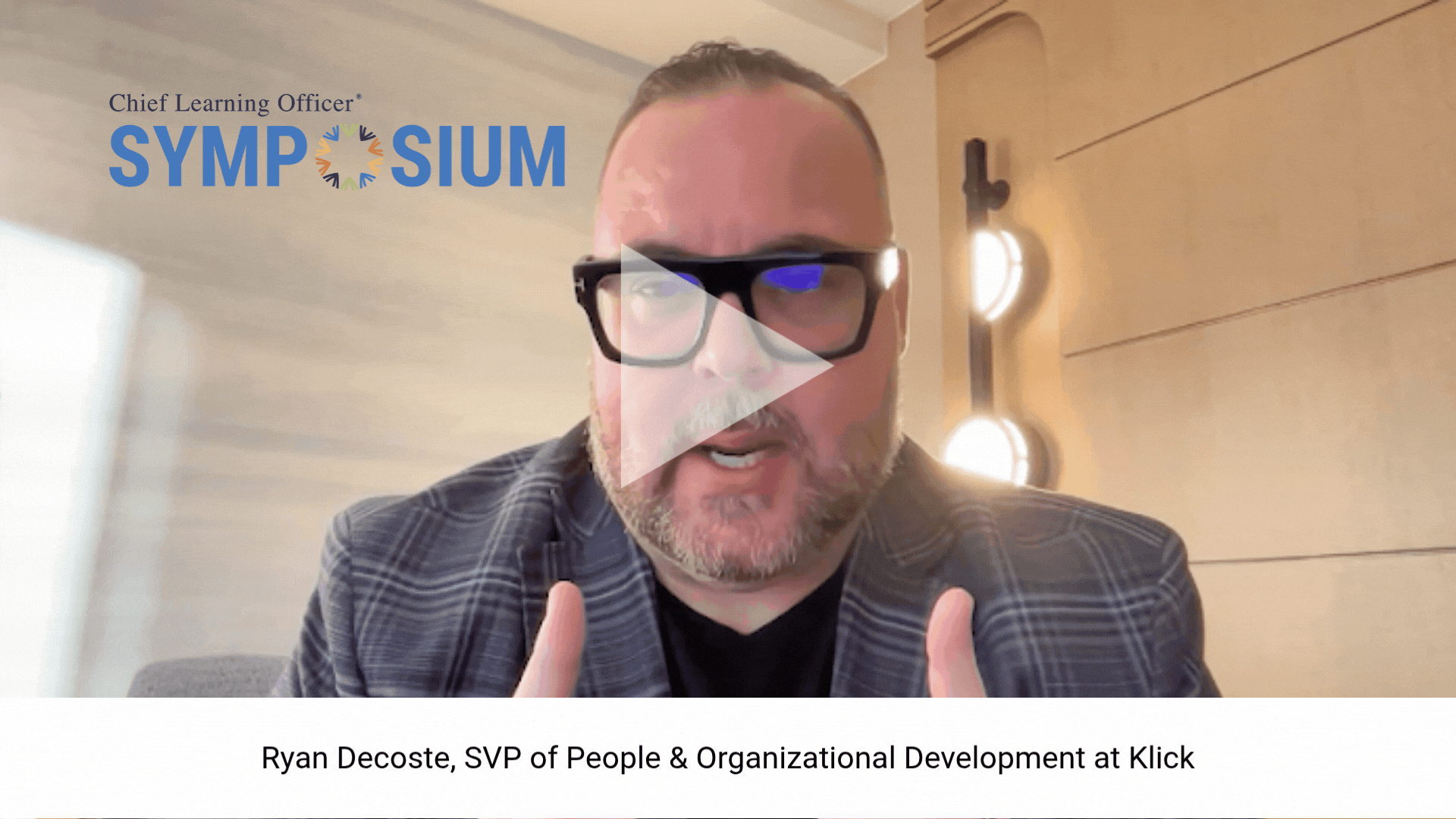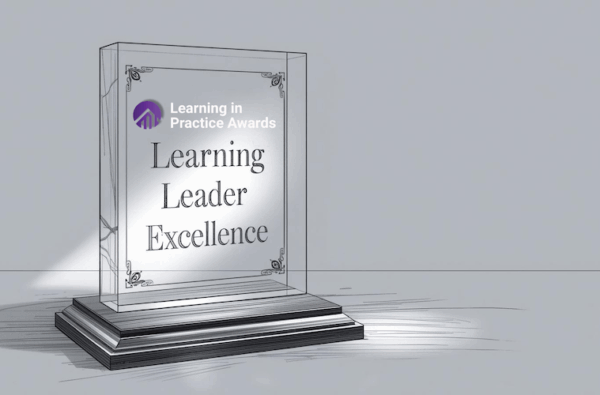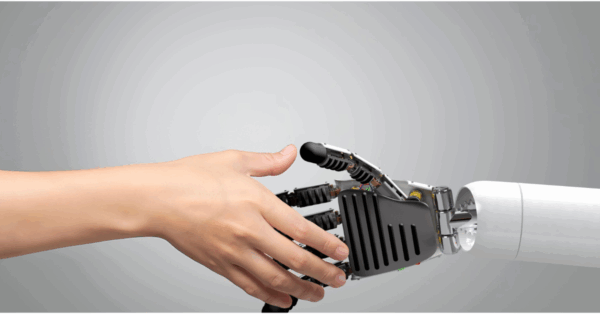Transformation sounds like a good thing. Who doesn’t want positive change? But let’s be honest: Not everyone sees change that way. Transformation usually means something about the current state isn’t cutting it. And that can be uncomfortable.
Transformation often calls for big shifts: new skills, new markets, new org charts. Sometimes it means letting go of a way of working, a whole division, or stepping into a new role (or out of one). So, yes, transformation aims to move things forward, but it’s not always welcomed with open arms, particularly by the very people you need to make it happen.
Workplace transformation efforts must be intentionally connected with organizational strategy: Where are we going, and how do we align capabilities, resources and processes to achieve that goal? We often say transformation is “human-centric” and tuck the human element of change somewhere in that process. But the reality is that we don’t spend nearly enough time considering people during change. While there’s nothing wrong with aiming for a more effective, higher-performing workplace, we can’t wait until the end of the design to evaluate and consider the impact on our people or make plans to support that impact.
Consider people from the start for lasting transformation
From the beginning of the solution design — long before implementation efforts begin — we should be asking the question: What role do our employees play in this change, and how can we support and care for them from the very beginning? In fact, we shouldn’t even wait until the need for change has been identified to start considering how to help them build resilience in preparation for the future.
Instead of waiting for people to show signs of fatigue, what if we built it in from the start? What if people felt healthy, supported and fortified before the hard parts come? What if transformation didn’t leave them depleted, but instead created the conditions where well-being and resilience could thrive through the change?
When we prioritize people from the outset, before the need for a change initiative, we don’t just make transformation more human; we make it more successful and sustainable.
The human side of transformation: 5 Cs to carry forward
The five Cs of transformation — care, communication, connection, coping and customization — can help you and your people grow firmer roots and weather change more effectively.
1. Care
Resilience during times of transformation begins with the habits we form during periods of stability. Paying attention to the basics of self-care — rest, nutrition, physical activity, and practices that instill a sense of serenity (like mindfulness and meditation, prayer or even tidying up an area in your home) — helps create the foundation for a calm, clear and capable response when life becomes demanding. Just as a healthy person is less susceptible to getting sick, so too is a healthy individual more likely to demonstrate resilience and flexibility when transformation or change gets rough.
Quite simply, a well-supported body and mind are far better equipped to handle stress. By investing in self-care when life is steady, you’re strengthening the inner resources that will support you when the pace quickens.
Healthy boundaries between work and life are one way to practice self-care. That means sticking to consistent work hours and making space for the “life” part of “work-life balance.” It also means giving yourself permission to disconnect, even when work feels intense. It’s okay to step away from the emails, chats and notifications that seem to pop up at the worst possible times.
What healthy boundaries can look like:
- Setting your work hours in your calendar so teammates know when you’re on and offline.
- Turning off notifications for evenings, lunch breaks and weekends.
- Taking a walk between meetings to reset.
- Using an out-of-office message when you’re truly stepping away, even if it’s just for a few hours.
Small, intentional choices like these can create clearer boundaries and help you create time for self-care, even at work. Strong boundaries aren’t rigid walls; they’re more like guardrails. They help you stay steady, centered and recharged — and they can gently bend when life calls for it.
2. Communication
Workplace transformation often brings excitement, but it also brings uncertainty. People naturally wonder: Why is this change necessary? How will my role shift? What’s on the other side of this transformation? In the absence of strong, clear communication, employees tend to fill in the blanks themselves, sometimes with incorrect or anxiety-inducing assumptions. This amplifies the very uncertainty that the transformation is meant to overcome.
Frequent, transparent communication builds trust and confidence in times of change. But these communication practices can’t be built in the middle of a transformation. They need to be part of the culture before the change begins. Healthy communication habits (like regular check-ins, updates on organizational shifts and open discussions about individual impact) create clarity and allow people to express concerns or needs. These habits are built on a crucial foundation of psychological safety: a culture where people feel safe speaking up, asking questions and sharing concerns.
If that environment didn’t exist beforehand, it’s unlikely to emerge under pressure. During times of uncertainty, employees are even less inclined to be vulnerable unless it’s already been made safe to do so. That’s why fostering psychological safety and open communication before transformation begins is essential to navigating change with resilience and clarity.
3. Connection
Strong networks of supportive colleagues and mentors are essential to individual success. They offer guidance, collaboration to solve problems and reinforcement of decisions, all of which help people perform their roles more effectively. But their impact goes beyond task completion.
Connection reminds us that we’re not alone. And that sense of belonging becomes even more critical during difficult times. When someone is struggling, knowing they have people they can turn to — whether to share experiences, seek advice or simply be heard — can provide emotional relief and reduce feelings of isolation.
Building strong, reliable connections takes intention. It means showing up for others regularly, creating space for honest conversations and fostering a culture where empathy is part of everyday interactions, not just something we try to summon during a crisis. When connection is woven into the fabric of how we work, it becomes a source of resilience when it matters most.
4. Coping
Developing emotional and cognitive coping skills shouldn’t wait for a crisis. Just as athletes train off-season to perform in high-pressure moments, employees need to build inner resilience during “normal” times so they can draw on those skills when things get tough.
Mindset coping: Growth and flexibility
One of the most powerful capacities individuals can build is a positive, growth-oriented mindset. This doesn’t mean ignoring challenges; it means reframing them. Leaders and organizations can help by modeling how to view setbacks as chances to learn, adapt and grow. Celebrating wins is important, but so is acknowledging the effort, persistence and learning that happen through struggle. When leaders openly talk about their own challenges and learning curves, it normalizes vulnerability and reinforces the value of process over perfection.
A growth mindset sets the stage for the flexibility required to view change positively. Flexibility is the capacity to shift gears, adopt new tools and explore unfamiliar approaches, without spiraling into panic. Teams that build this muscle are better equipped to handle organizational pivots, big or small.
How can you equip flexibility before it’s required? Build habits of curiosity and experimentation. If variety and innovation are part of the everyday norm, then flexibility becomes less of a stretch and more of a prevailing mindset.
Skillset coping: Stress management and ongoing learning
During times of uncertainty, when emotions are high and individuals are expressing anxiety or heightened emotion, perhaps the worst thing someone can say is “just calm down.” Before moving straight into a logical and factual problem-solving approach, support that individual by acknowledging their emotions and encouraging them to do the same. It is not until after emotions are acknowledged and in check that things can move forward.
Proactively manage stress by using techniques such as deep breathing, time-blocking and prioritizing what matters most. These tools are more effective when practiced regularly, not just in a crisis.
Additionally, learning (which can feel like a luxury when there is often so much to do) increases competence. And, during times of uncertainty, those who feel competent tend to feel more confident. Encourage employees to take advantage of learning and development resources, especially while things are calm. Skill-building during steady-state periods ensures people feel equipped to handle transitions with clarity and capability.
5. Customization
There is no one-size-fits-all approach to well-being. What self-care looks like can vary wildly from person to person. One individual might swear by daily meditation, while another finds their balance through a long run, deep conversation or time spent making art. The same goes for how we communicate and connect. Regular check-ins might feel supportive to some, but to others, too much interaction can feel like micromanagement, especially if they need more space to think and process. And while we all need human connection at some level, not everyone recharges in the same way. For some, alone time isn’t isolation; it’s essential.
As a leader, it’s essential to understand the individual in front of you. Resilience and flexibility don’t show up the same way for everyone. They’re shaped by personal experiences, mindsets and life circumstances. Just like sleep is a universal need but varies wildly by age, our emotional and psychological needs are universal but not one-size-fits-all.
So, what’s the takeaway for leaders? Get to know your people. Not in a generic way, but in a way that honors who they truly are. Trust in leadership, particularly direct managers, is the key element that drives healthy relationships and creates an environment of psychological safety for employees. The importance of psychological safety extends beyond difficult times of change and contributes to people being able to thrive in their every day. Recognizing team members as individuals with their own unique challenges and concerns allows leaders to show their commitment to creating an environment where self-care, mental health and resilience are valued.
There is strength in safety
By cultivating habits of self-care, consistent communication, meaningful connection and proactive coping well before disruption hits, organizations lay the groundwork for resilience. Employees who feel supported and equipped during predictable periods are better prepared to handle the stresses of uncertainty and change. Prioritizing psychological safety, encouraging flexible thinking and investing in learning help create a workforce that is not just prepared to survive transformation, but to thrive through it.
In short: caring for people isn’t a soft strategy. It’s a strong one.






